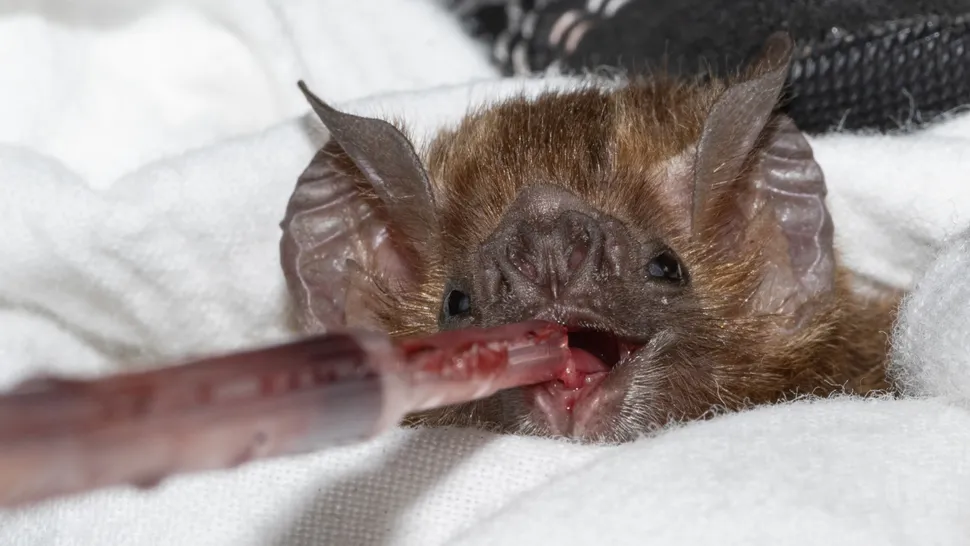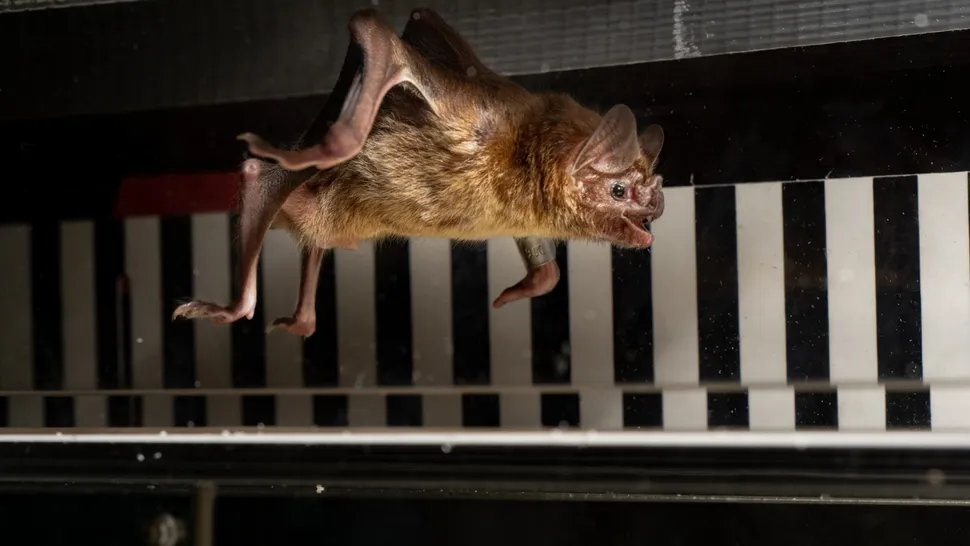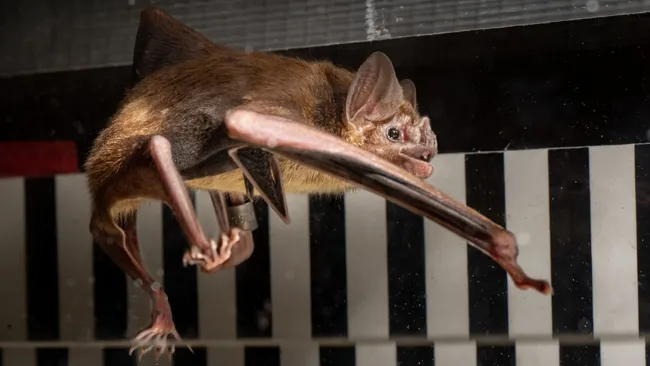Vampire bats rely on amino acids from their blood diet to fuel their exercise, scientists discovered after observing the animals on tiny treadmills.
Vampire bats have been shown to rely on blood-derived amino acids to fuel their physical activity, a discovery made after researchers put the bats through a series of treadmill tests. Unlike most mammals, which use carbohydrates and fats for energy, vampire bats consume blood, which is low in these macronutrients but rich in protein. This raised the question of whether the bats rely on protein as their primary energy source, much like blood-feeding insects.
Kenneth Welch, lead author of the study and associate professor at the University of Toronto, explained that vampire bats don’t have the abundant carbohydrates or lipids found in the diets of most mammals. As a result, they must obtain energy in other ways, specifically through the protein in their blood meals.

The study, published on November 6 in Biology Letters, focused on the common vampire bat (Desmodus rotundus), which is capable of running, unlike its two relatives. Researchers captured 24 adult common vampire bats from tropical Belize and allowed them to fully digest their last meal. The bats were fed cow’s blood enriched with amino acids (glycine or leucine), and then placed on treadmills where their oxygen and carbon dioxide output was measured at varying running speeds.

The results showed that the ratio of oxygen to carbon dioxide in the bats remained stable during exercise, indicating they were primarily burning amino acids for energy. This is in contrast to other mammals, which show a shift from burning fats to carbohydrates as exercise intensity increases. The researchers also found that the bats absorbed amino acids very quickly, within just 10 minutes of consumption, and began oxidizing them in their muscles while running or walking.
This method of using amino acids as a fuel source is rare among mammals but is more common in bloodsucking insects like tsetse flies and mosquitoes, which also rely on amino acids from their blood meals to power their activity. This study shows that vampire bats share this unusual trait with these insects, highlighting a fascinating adaptation in the world of blood-feeding creatures.
